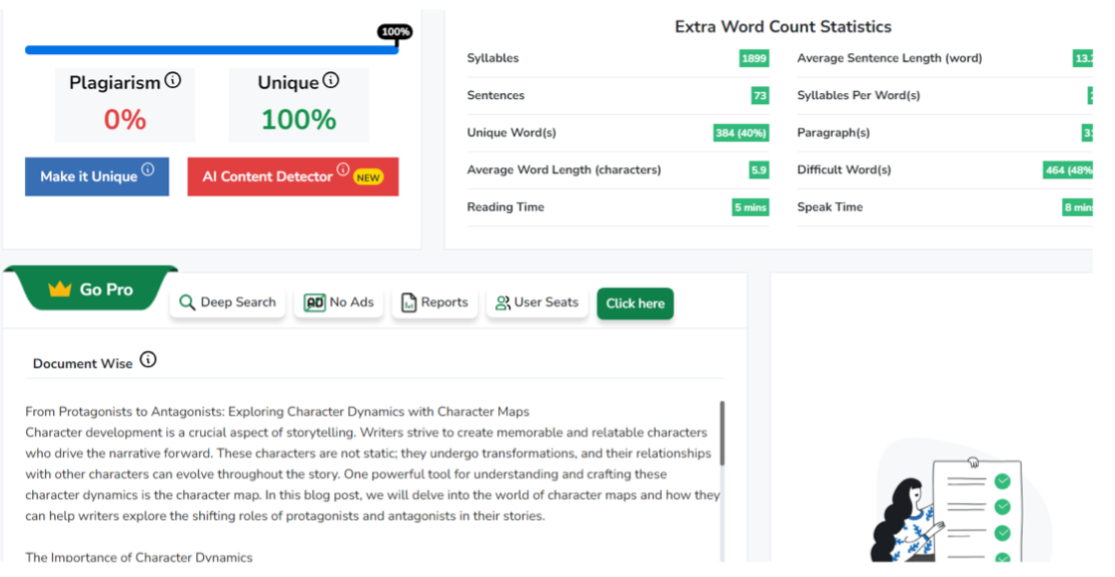
In the vast and intricate tapestry of the United Kingdom’s legal system, an intriguing pattern emerges – the recurrent use of the number three. This isn’t a coincidence or a quirk of fate; instead, it reflects a deeper symmetry and logic embedded within the legal framework. From the three-part tests in legal principles to the tripartite structure of the court system, the number three appears to be a foundational element in the architecture of UK law. Let’s delve into the various instances where this number plays a pivotal role, revealing its significance in the legal processes and structures.
Tripartite Structure of the Court System
One of the most apparent manifestations of the number three in UK law is the tripartite structure of the court system. This system is divided into three main tiers: the High Court, the Court of Appeal, and the Supreme Court. Each level serves a distinct function, with the High Court focusing on civil cases and serious criminal cases, the Court of Appeal handling appeals from lower courts, and the Supreme Court serving as the final appellate court. This three-tiered structure ensures a comprehensive and multi-layered approach to justice, allowing for thorough scrutiny and balanced decision-making.
Three-Part Tests in Legal Principles
Legal principles often employ three-part tests to establish certain legal standards or to apply specific rules. These tests require a sequential evaluation of three distinct factors or criteria to reach a legal conclusion. For instance, the test for negligence, established in the landmark case of Donoghue v Stevenson, involves three core elements: duty of care, breach of that duty, and resultant damage. Similarly, the test for establishing breach of confidence involves three criteria: the information must have the necessary quality of confidence, it must have been imparted in circumstances importing an obligation of confidence, and there must be an unauthorized use of that information. These three-part tests add clarity and structure to legal reasoning, ensuring consistent and objective application of the law.
The Triadic Pattern in Personal Injury Law
In the realm of personal injury law in the United Kingdom, the number three also holds a significant position, mirroring the broader legal landscape’s affinity for this number. This is particularly evident in the approach to determining liability and compensation in personal injury cases. Typically, the assessment involves a three-stage process: establishing liability, assessing the extent of the injury, and calculating compensation. Firstly, liability is determined by proving negligence, which itself often hinges on a three-part test involving duty, breach, and causation. Next, the extent of the injury is evaluated, considering the physical, psychological, and lifestyle impacts. Lastly, compensation is calculated based on three primary categories: general damages for pain and suffering, special damages for specific financial losses, and, occasionally, punitive damages. This triadic approach ensures a comprehensive assessment of each case, balancing legal principles with the specifics of the individual’s circumstances, thus reflecting the deep-seated presence of the number three in the structuring and execution of personal injury law in the UK.
Frequency of Number 3 in Legal Doctrines
To illustrate the prevalence of the number three in legal doctrines, here’s a data table showcasing various legal principles and their three-part structures:
| Legal Principle | Three-Part Structure |
| Test for Negligence | Duty of Care, Breach, Damage |
| Breach of Confidence | Confidentiality, Obligation of Confidence, Unauthorized Use |
| Caparo Test (Duty of Care) | Foreseeability, Proximity, Fairness |
| Criminal Liability (Actus Reus) | Conduct, Circumstance, Result |
This table highlights the methodical use of tripartite structures in different legal doctrines, underscoring their importance in legal analysis and judgment.
The Rule of Three in Legislative Drafting
The number three also finds significance in legislative drafting. Many statutes are structured to include a preamble, operative provisions, and schedules or appendices. Additionally, within the operative provisions, it’s common to find legislation drafted in three distinct parts: the definition section, the substantive section, and the procedural section. This structured approach aids in clarity and systematic interpretation, making the law more accessible and understandable.
Conclusion
The recurrence of the number three in the UK’s legal system is more than a mere coincidence; it’s a reflection of the law’s quest for balance, thoroughness, and clarity. Whether in the structuring of the courts, the formulation of legal tests, or the drafting of legislation, the triadic pattern provides a framework that promotes comprehensive evaluation and reasoned decision-making. This numerical motif, deeply embedded in the fabric of UK law, underscores the system’s dedication to a well-ordered and logical approach to justice and legal governance.

































